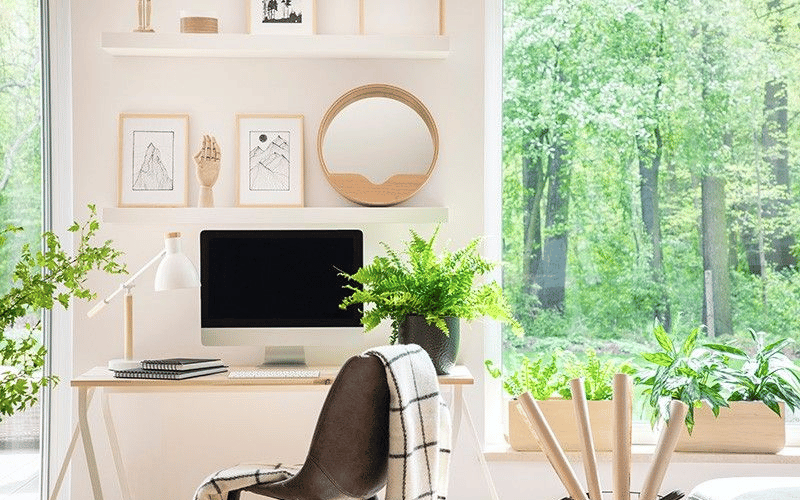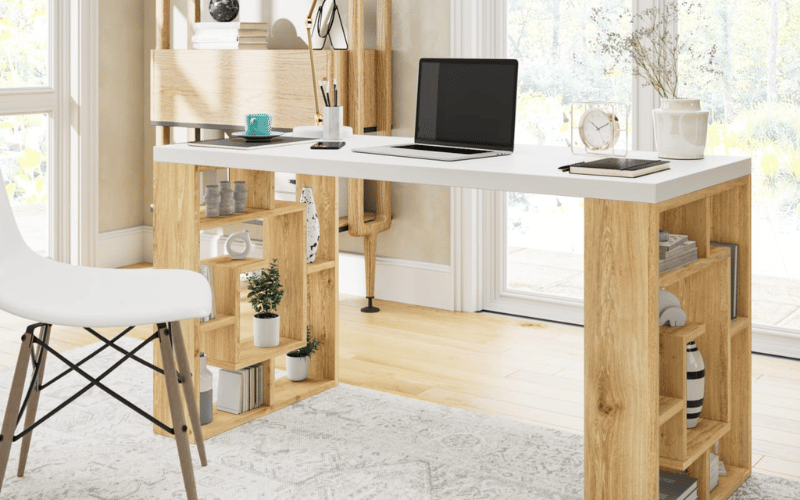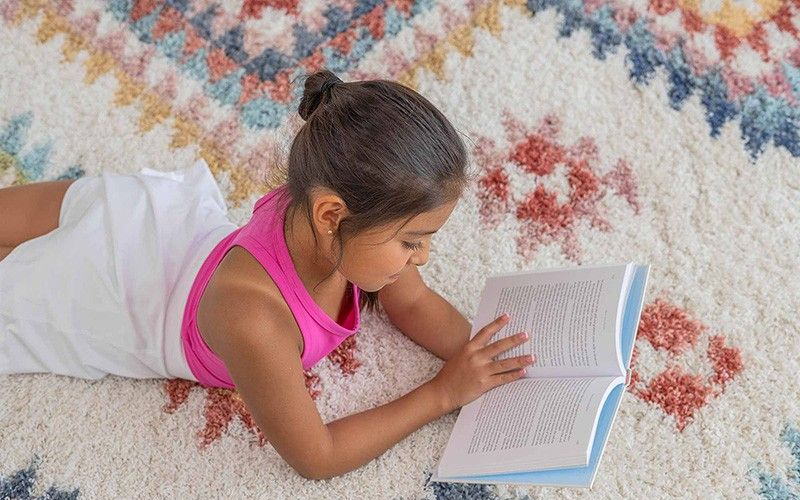Creating a Back-to-School Study Space in Your Home
Jan 9th 2023
While it might feel like your kids just started their summer break, the fact is that fall is right around the corner. The new school year will be here before we know it, and for many families this means the continuation of distance learning of some form – fully remote, hybrid, or homeschooling. If your child will be spending any portion of their school day studying from home, having the right study space setup is critical to their academic success.
However, setting up a study space inside your home can be challenging! You might have to reconfigure a space previously meant for lounging or relaxation and transform it into one conductive of productivity. I might be difficult but it’s important, as having a proper remote learning space in your home will ensure your student has the tools, they need to do their best in the coming year. While the learning needs of every student are different, here is a look at a few basic tips for creating a study-friendly space in your home before the school year starts.
Choose the Right Location

The most crucial step to take when trying to set up a study space for your student is the first one: finding the right environment. Your child’s study space should be distinct from play/relaxation spaces such as the living room and bedroom. Having a separate space designated solely for studying helps to create a distinction between study time and playtime. Mixed spaces make I difficult for the brain to separate when it’s time to study and when it’s time to relax, making it harder overall to focus.
Ideally, you should set up a dedicated study space for your student that is separated from the rest of the home by door, such as a spare bedroom or a home office. Of course, if you don’t have a room like this at your disposal, you can also set up a study space in an appointed corner of any other room – living room, bedroom, even dining room. The most important thing is that you create a designated space where your child(ren) can study that is free from any constant noise or distractions. Rooms where there is a playing television, or a front-facing window could prove to be a significant distraction and wouldn’t function well as study spaces.
Install Proper Lighting

Another essential component when creating a study space in the home is ensuring that there is plenty of light. Good lighting is essential in helping keep your child alert throughout the day. Insufficient lighting can cause students to get tired, become more easily distracted, or strain their eyes when trying to study their materials. The best study spaces are those that incorporate a layered approach to lighting – one that includes both natural and artificial light. You should also consider including task lighting, such as a desk lamp; this ensures that your student will have enough direct light to keep them focused when reading and writing.
Task lighting will become particularly important in the fall and winter, when there are less daylight hours available and your child’s space will get darker, earlier. If you have a limited workspace and don’t have room for a desk lamp, a wall sconce can be a good alternative. It can supply task lighting when needed while freeing up space.
Declutter
When setting up your chosen study space, it is critical that you declutter the room as much as possible. Anything that poses a distraction can cause your child to lose focus, taking them away from their lessons and assignments. Younger students are particularly prone to becoming easily distracted, which should be taken into consideration when designing their workspace. As you start buying any furniture and constructing the space, remove any clutter as you go through, as well as any obvious distractions like toys. Try to keep the study space as minimalist as possible to ensure that your child(ren) can be productive.
Ensure the Temperature is Ideal
In addition to having a distraction-free workspace, ensuring that your home is at the right temperature is extremely important. If your home is too hot or too cold, this not only creates an uncomfortable work environment, but can also serve as further distraction. Especially if your study space is too cold, this could lead to your student falling asleep while trying to complete their work. Ensure that you keep this in mind when you’re setting the temperature in your home. Make sure that it is neither too hot nor too cold; studies have shown that an indoor temperature between 70-77 degrees Fahrenheit is optimal for productivity.
Enhance the Comfortability

Next, you will need to pick furniture that is conductive both to comfort and to productivity – some say this is the most difficult part, finding furniture with a perfect balance of the two. The specific kind of furniture that best suits each child will be different, depending on their age and learning style. Younger students often aren’t comfortable sitting at a desk all day and will have a tough time focusing if they must sit still. If this is the case for your child, you may find that a standing desk is more suitable. You may even want to consider having a rug and cushions on the floor where your child can read and study comfortably. Alternatively, older students are often more productive when sitting at a traditional desk; however, creating a comfortable environment will still help ensure that they stay focused. For instance, an ergonomic desk chair could be essential in helping your student remain productive for hours on end without getting sore.
As the school year approaches, ensuring that your child has a study space in the home that is quiet, comfortable, and free from distractions will help them maximize their potential. Fortunately, a little creative thinking can help you turn a neglected corner of your home into the perfect study space. Follow Decorsify across all social platforms for additional tips on how to create back-to-school study spaces in your home!


